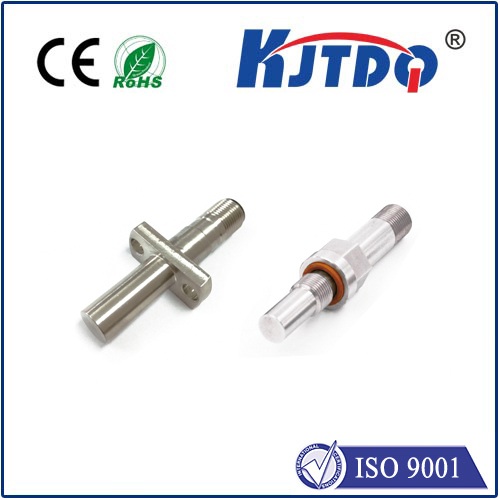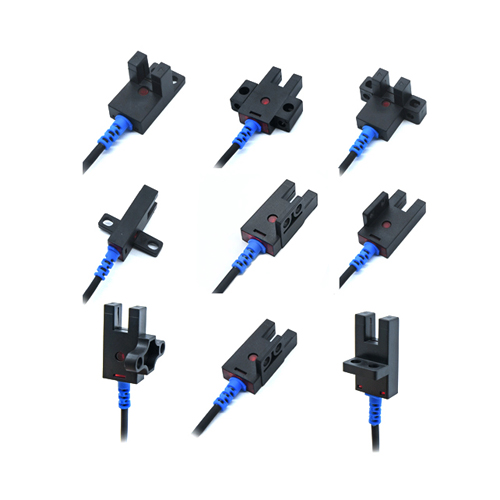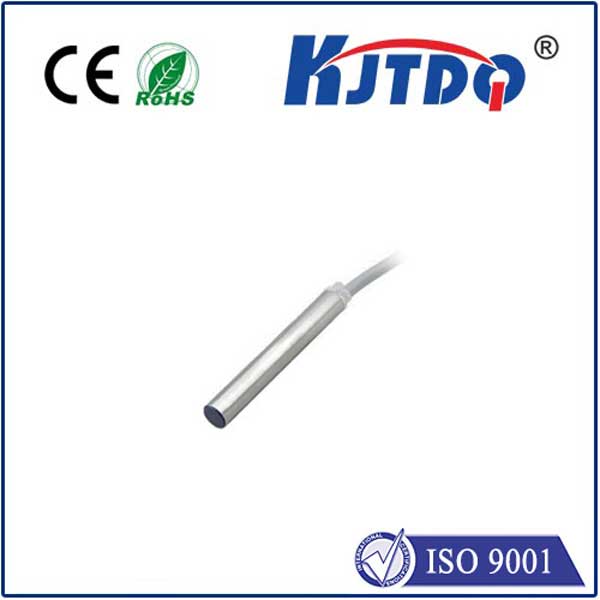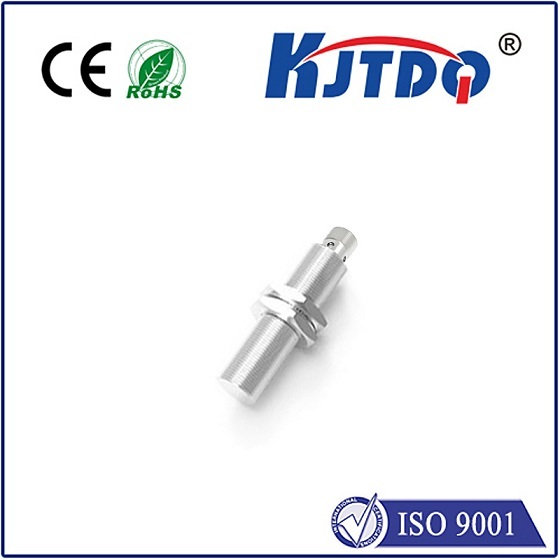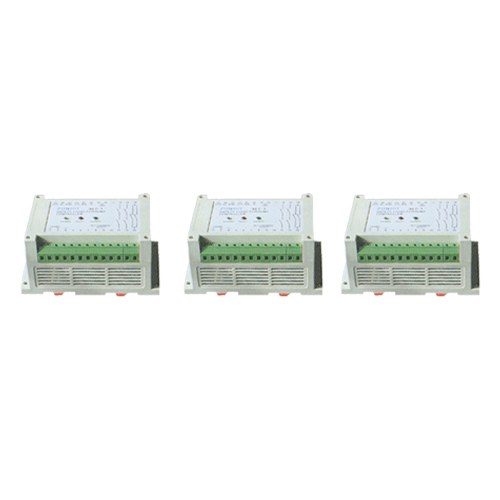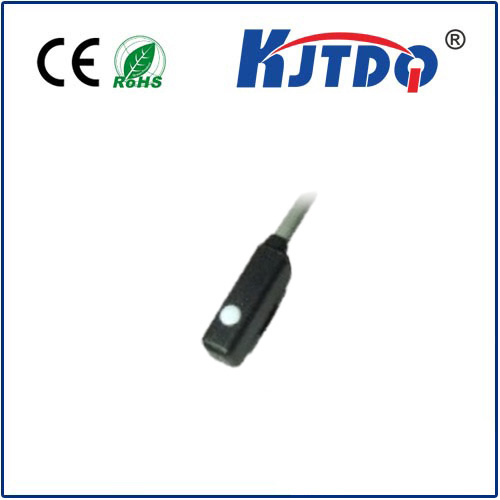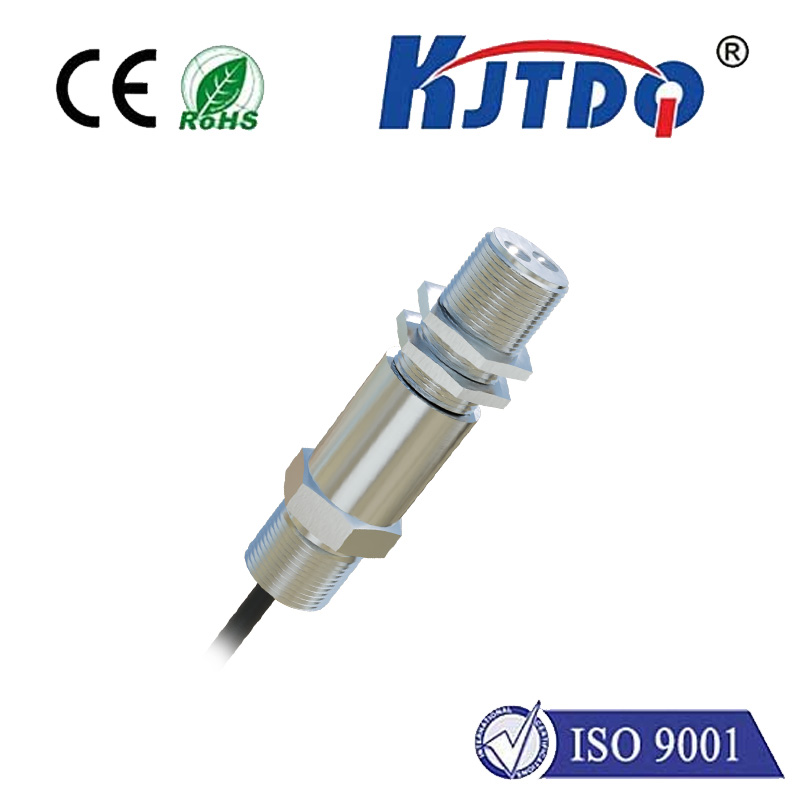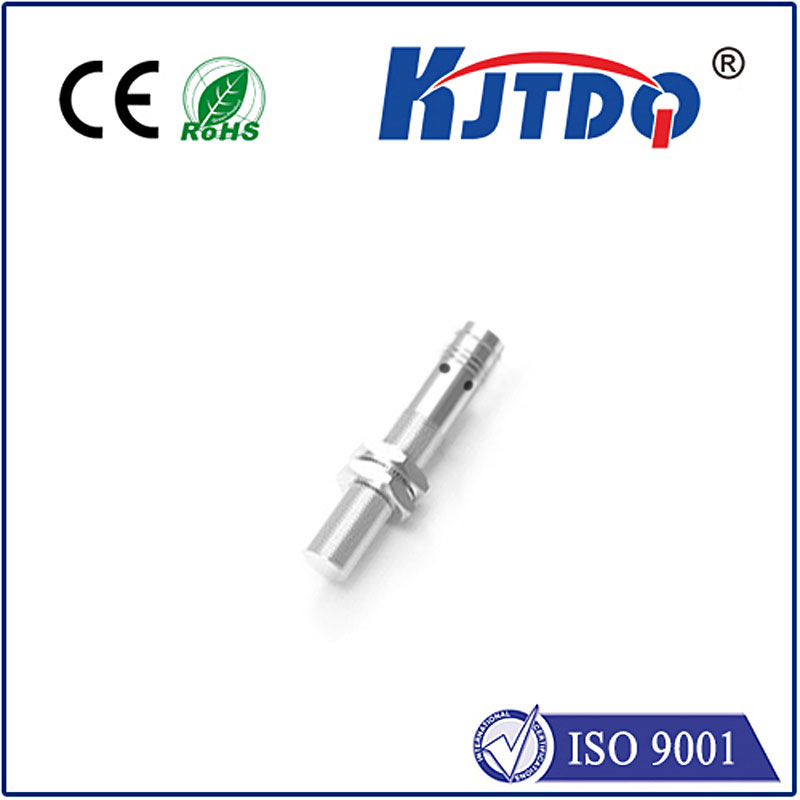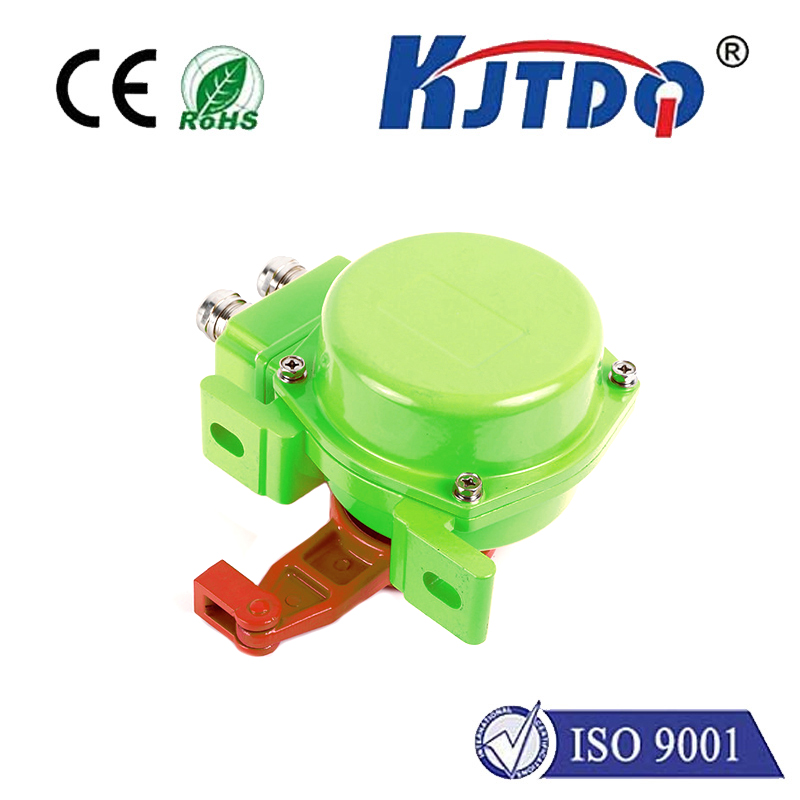плунжер штифта микропереключателя
- time:2025-08-06 11:13:15
- Нажмите:0
The Pin Plunger Micro Switch: Precision in a Tiny Package
In the intricate dance of modern machinery and electronics, where reliable signal triggering is paramount, few components deliver such consistent, precise performance in such a compact form as the плунжер штифта микропереключателя. This seemingly simple actuator mechanism is the defining feature of a specific and highly valued category of snap-action switches, enabling critical functions across countless industries. Understanding its operation, advantages, and ideal applications is key to leveraging its unique capabilities.
Beyond the Button: What Defines a Pin Plunger Micro Switch?
Unlike micro switches with lever arms, roller levers, or broad push buttons, the игольчатый плунжерный микровыключатель features a small, slender, cylindrical actuator protruding directly from the switch body. This pin, typically made of durable metal or plastic, is designed for linear, straight-line actuation. Pressure applied directly to the tip of this plunger, usually over a very short stroke distance, triggers the switch’s internal snap-action mechanism.
The Mechanics of Miniature Precision

The core magic lies in the internal snap-action mechanism. Here’s the typical sequence:
- Initial Pressure: A relatively small force applied axially to the pin plunger begins to compress an internal spring.
- The Snap: At a precisely defined point – the operating point or minimal operating force – the spring tension causes the internal mechanism to rapidly “snap” over center. This is a critical feature of any micro switch, providing:
- Highly Repeatable Operation: Consistent triggering at the same force/position.
- Positive Tactile Feedback: A distinct “click” felt by the operator or system.
- Rapid Contact Action: Fast make/break speeds, minimizing arcing and ensuring clean signal transitions, independent of plunger movement speed.
- Contact Stability: Contacts firmly settle into their new state (open or closed).
- Over-Travel: Crucially, the pin plunger design incorporates over-travel. Even after the snap action occurs, the plunger can continue to move slightly further without damaging the mechanism. This ensures reliable operation even if the actuating part slightly overshoots the theoretical operating point.
- Release and Reset: When force is removed, the internal spring drives the mechanism back past its center point (the release point), rapidly resetting the contacts and returning the pin plunger to its original position (often with a distinct reset click).
Why Choose a Pin Plunger? Key Advantages
The specific design of the pin plunger actuator offers distinct benefits:
- Precise Activation: Requires exact linear alignment and minimal force, ideal for applications needing definite point-of-contact detection.
- Compact Design: The low-profile, cylindrical plunger minimizes the switch’s footprint and height, fitting into tight spaces where levers wouldn’t.
- Minimal Side Load: The straight-line actuation path significantly reduces harmful side forces on the plunger and internal mechanism compared to some lever types, enhancing longevity.
- Simple Integration: Often requires only a small aperture in a panel or machine guard for the plunger tip to protrude, simplifying installation.
- Reliability: Fewer moving parts externally than lever switches (no pivot points at risk of wear or binding) and robust internal snap-action contribute to long life.
- Tactile Certainty: The clear “click” provides unmistakable feedback for manual operations or system confirmation.
Where Pin Plunger Micro Switches Shine: Applications
The unique strengths of the игольчатый плунжерный микровыключатель make them indispensable in numerous scenarios:
- Precision Positioning & Limit Sensing: Detecting the precise endpoint of linear travel in CNC machines, 3D printers, robotic arms, assembly lines, and automated test equipment. A target physically contacts the plunger tip directly at the exact required position.
- Safety Interlocks: Widely used in machinery guards, access doors, and enclosures. When a guard is securely closed, it depresses the pin plunger, completing the safety circuit and allowing machine operation. Opening the guard releases the plunger, instantly cutting power.
- Appliance Controls: Inside appliances like microwave ovens (door interlock), washing machines (lid switch), coffee makers (water tank detection), and vending machines (product detection/malfunction detection), pin plungers reliably detect component positions.
- Medical Equipment: Found in infusion pumps, diagnostic devices, and surgical tools where precise component positioning or door/latch status is critical for safety and function.
- Automotive Systems: Used in brake light switches (direct plunger actuation by the brake pedal arm), gear selector position sensing, glove box lights, and various under-hood sensors.
- Consumer Electronics: Employed in mechanisms like disc tray detection in optical drives, battery compartment lids, or specialized controls demanding a precise, low-profile switch.
- Industrial Controls: Integral to push-button stations (especially momentary actions), valve position feedback, and countless control panels requiring reliable tactile switches.
Selecting the Right Pin Plunger Micro Switch
Choosing the optimal плунжер штифта микропереключателя involves considering several factors:
- Operating Force (OF): The minimal force required to depress the plunger and trigger the snap-action (minimal operating force). Ranges from very light ( 500g), depending on application needs.
- Travel Distance: Includes pre-travel (distance to the operating point) and over-travel (distance the plunger can safely move after actuation, crucial for reliability). Total differential travel (release point - operating point) relates to reset characteristics.
- Plunger Length & Material: Standard lengths vary; sometimes custom pins are needed. Material (stainless steel, plastic, etc.) impacts durability and chemical resistance.
- Electrical Rating: Voltage (AC/DC) and current (amperage) the switch contacts are rated to handle safely (e.g., 5A 250VAC, 0.1A 24VDC).
- Contact Configuration: SPST (Single Pole Single Throw - NO or NC), SPDT (Single Pole Double Throw - changeover). NC (Normally Closed) is common for safety interlocks.
- Terminal Type: Solder pins, quick-connect tabs, screw terminals, or wire leads.
- Environmental Protection (IP Rating): Protection against dust and moisture (e.g., IP67) may be essential for harsh environments.
- Durability (Life Expectancy): Rated in mechanical cycles (plunger actuations) and electrical cycles (contact switching under load). Critical for high-frequency applications.
The Unsung Hero of Precision Control
The плунжер штифта микропереключателя exemplifies engineering elegance and reliability in miniature. Its simple yet effective design, centered around that slender actuator, provides unparalleled precision in detecting linear movement and position. From safeguarding workers on heavy machinery to ensuring your microwave only operates with the door closed, or enabling the intricate movements of robotics, this specialized switch type plays a pivotal role, often unseen but absolutely critical to the seamless and safe operation of the modern world. When precise, reliable, and compact point-of-contact detection is required, the игольчатый плунжерный микровыключатель consistently delivers.





